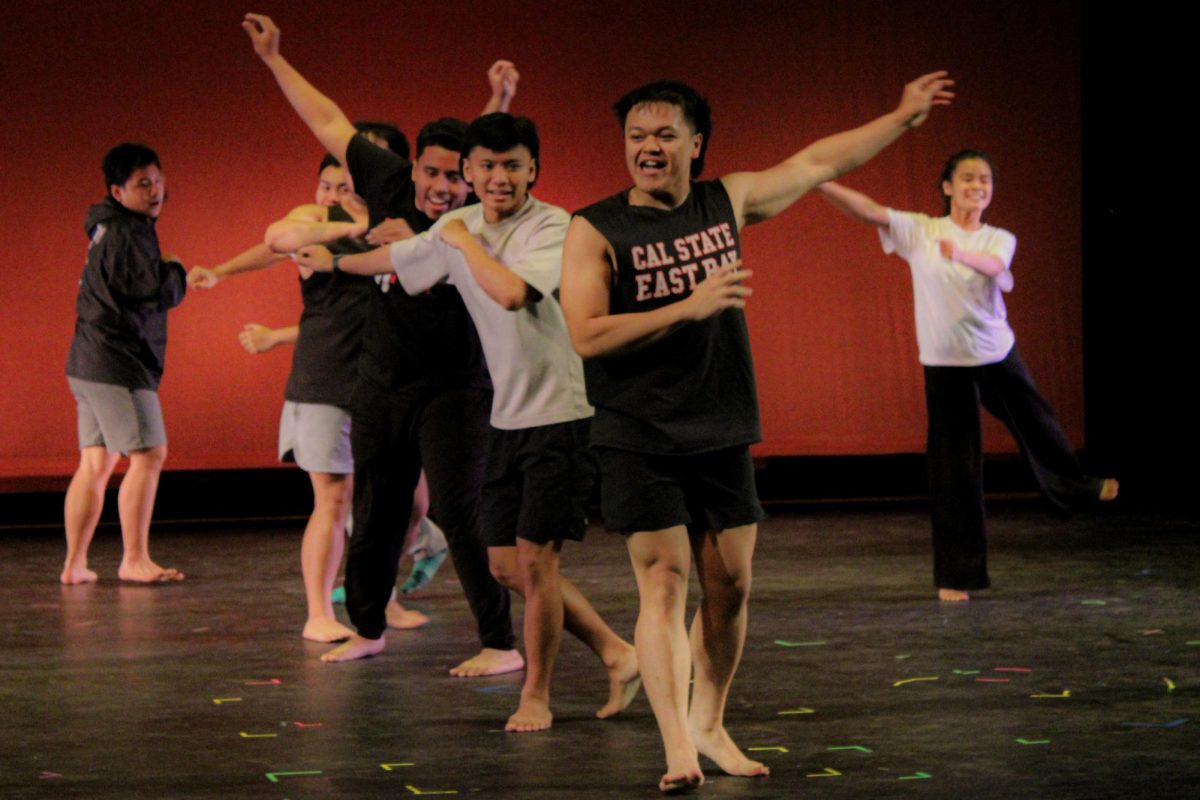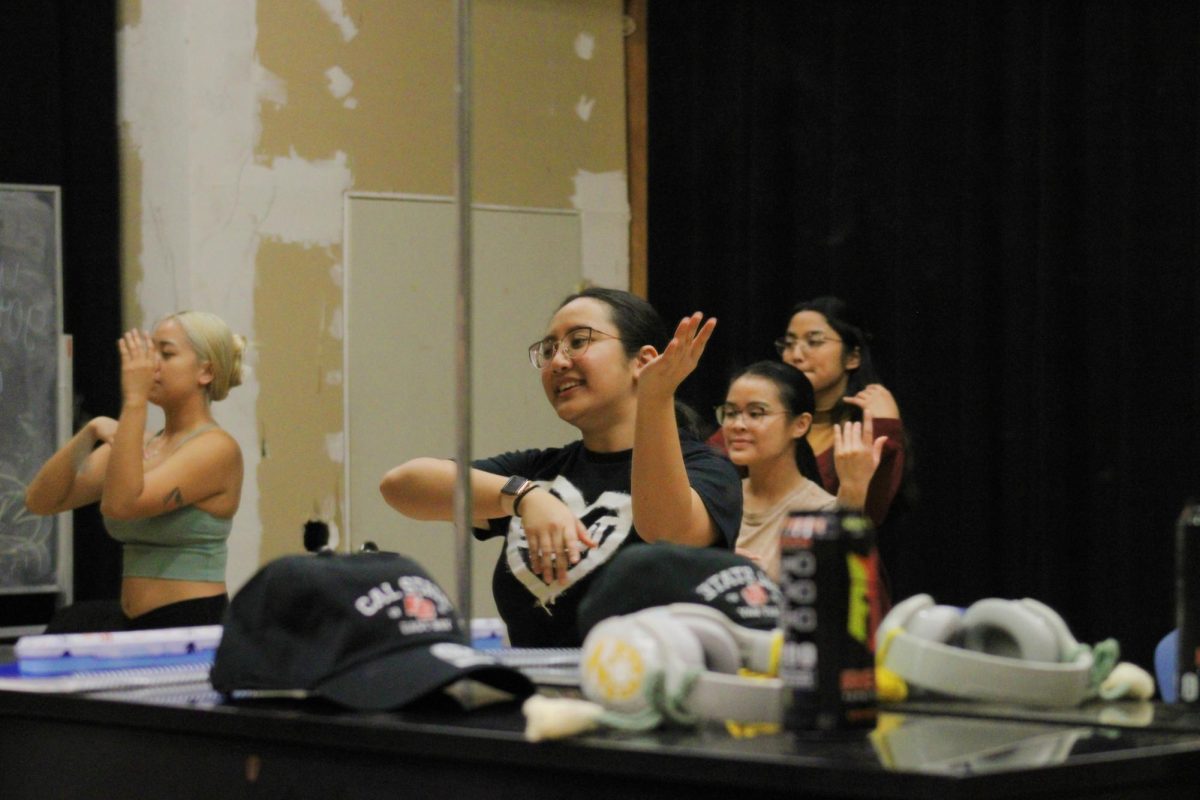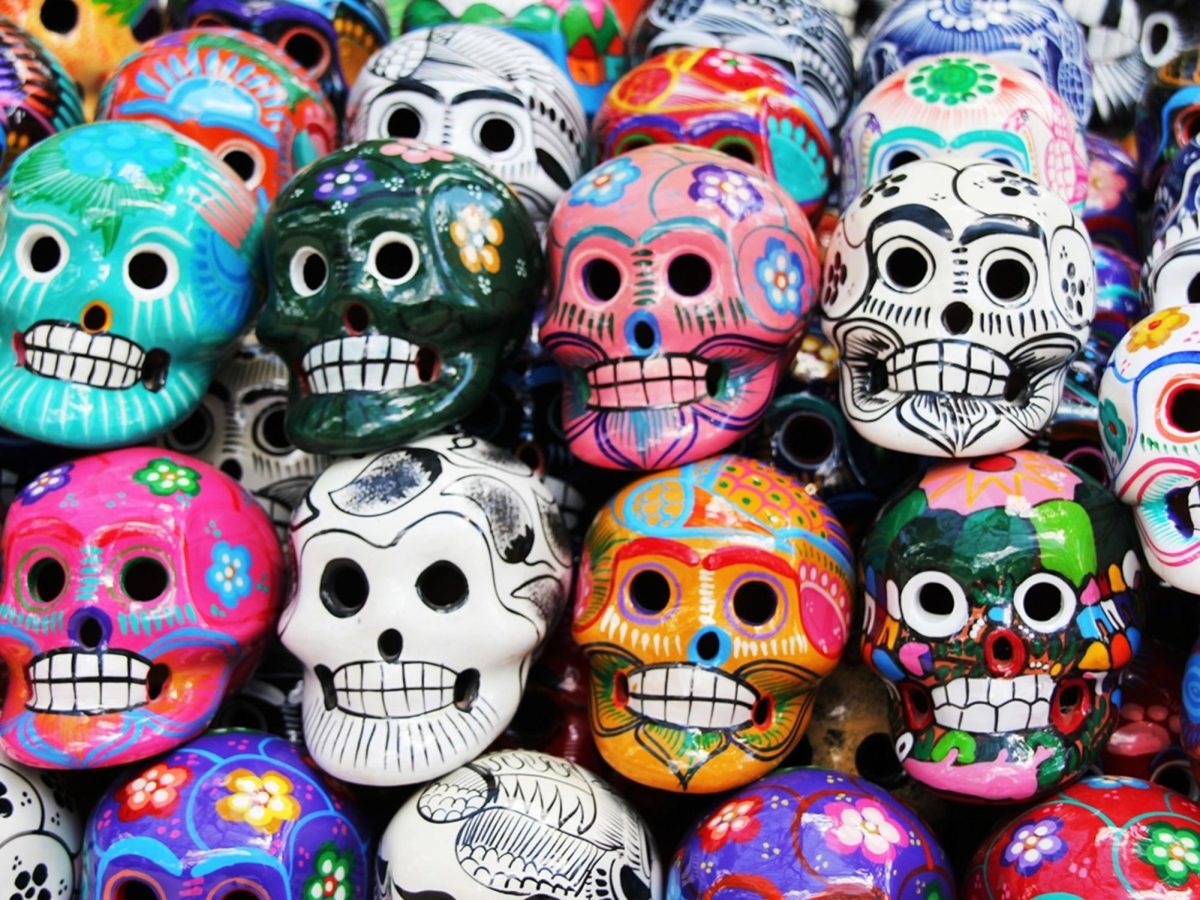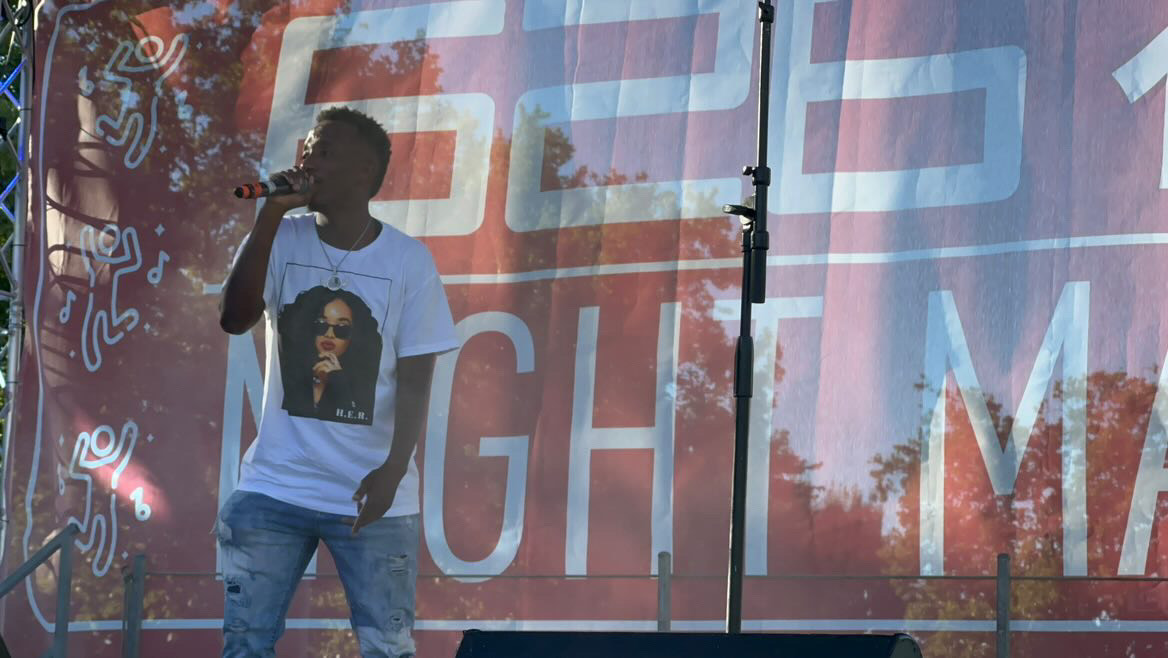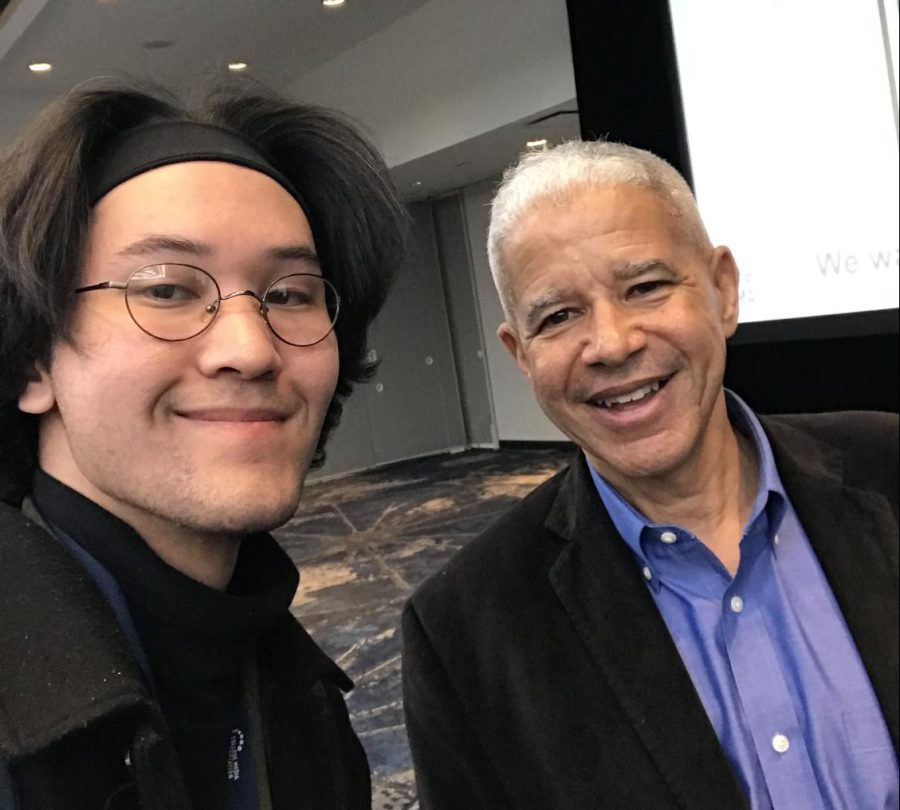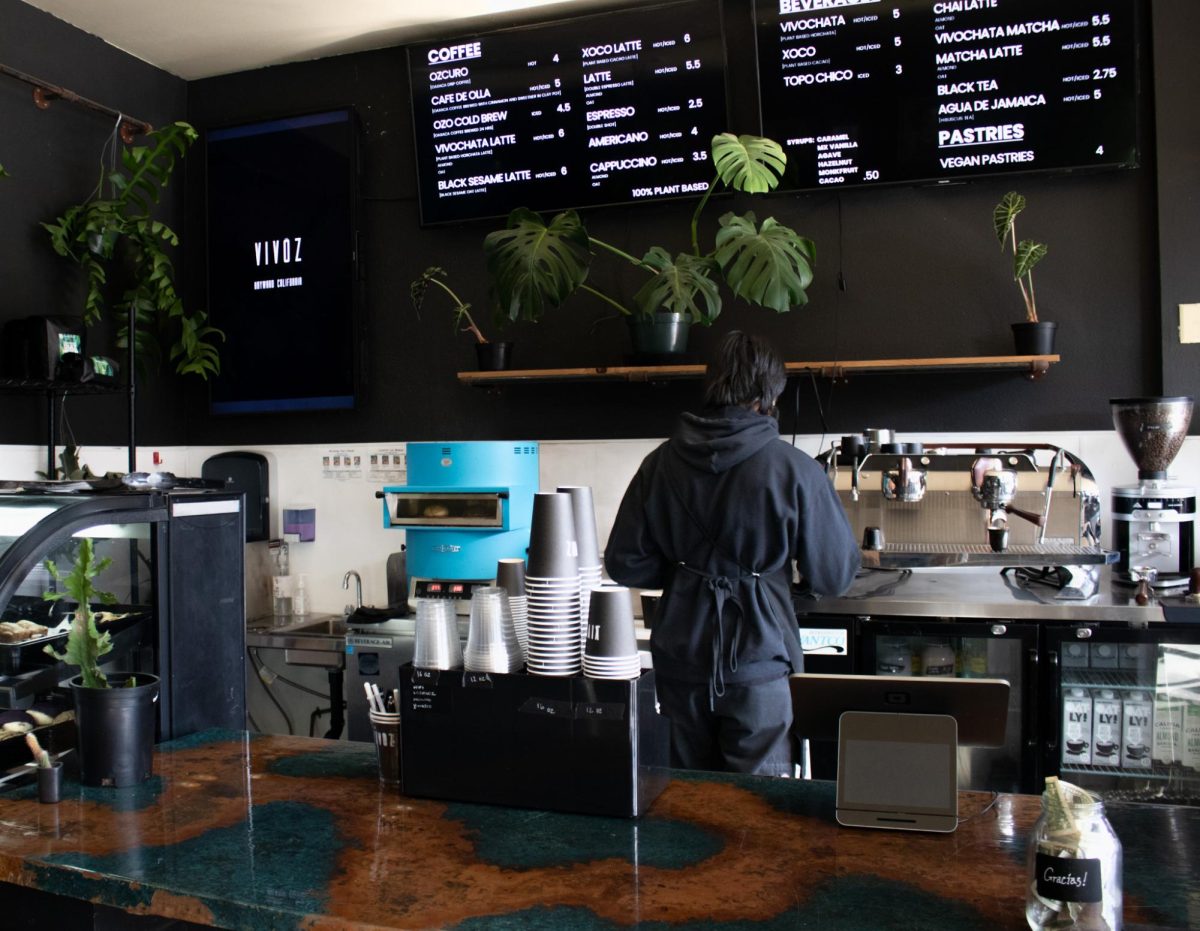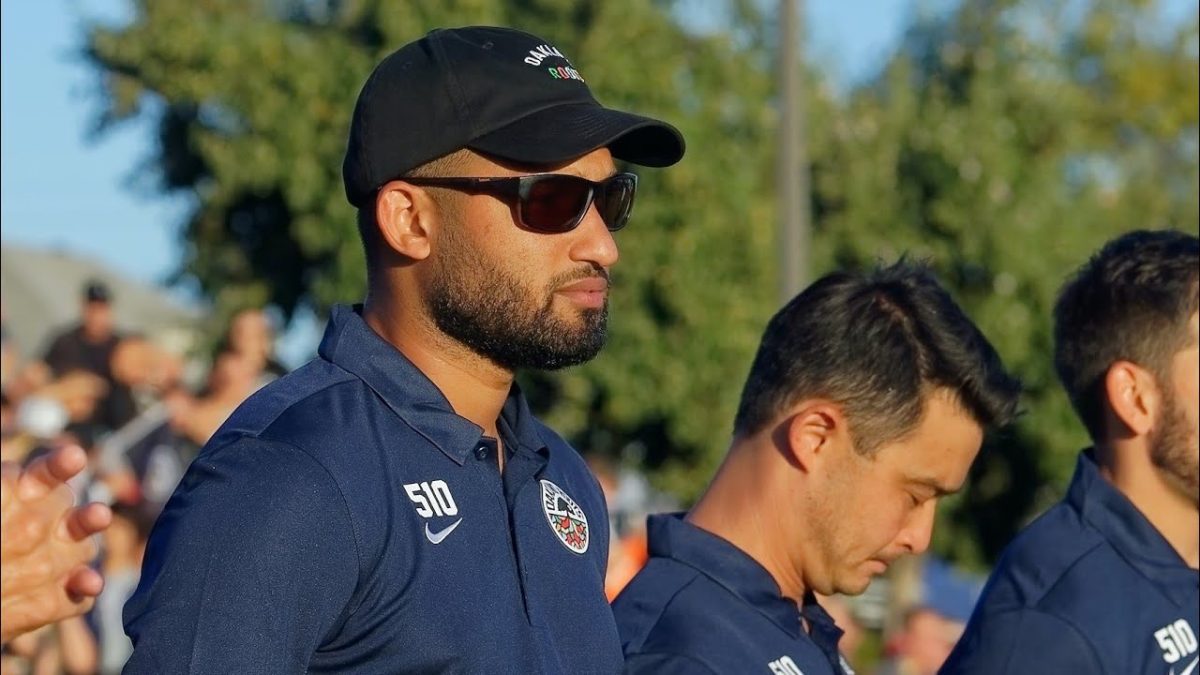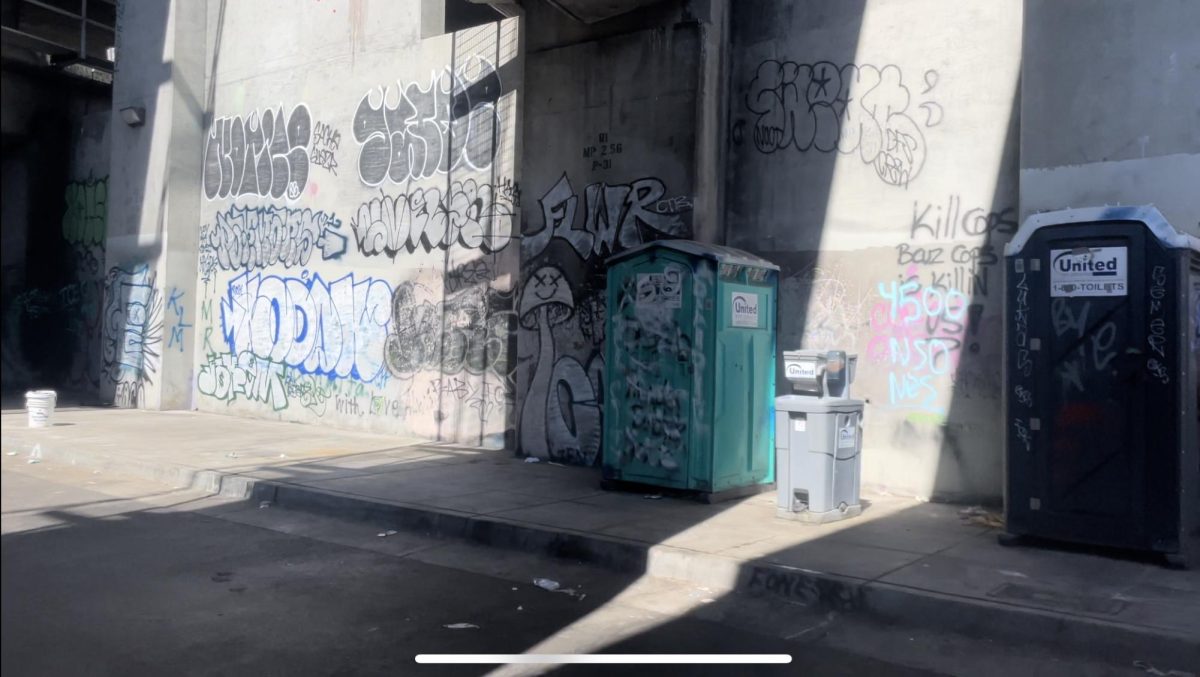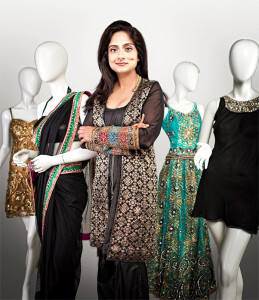
The model comes out on stage, adorned in gold jewelry, a necklace, earrings, nose ring and bangles matching her tight, bright, red crop top, beaded with gold designs.
It complements her long, lime green skirt, which flows off her body with designs identical to her top. A long scarf, red and green with gold designs, is thrown behind her back and falls down her arms, as she walks the runway wearing gold stilettos.
Both hands on her hips, eyes straight ahead, her body slightly positioned to the left, she strikes a pose in the beautifully designed ensemble known as a lengha.
For centuries, India’s legacy as the land of Maharajas and Maharanis, kings and queens, has been a historical memory. While they are long gone, their fashion legacies still remain and are visible in fashion shows and designs throughout the Bay Area and the world.
Saylee Wasnik, a sophomore at CSU East Bay who has participated at Indian fashion shows around the Bay Area for the past three years, says people respond well to these fashion shows because it gives designers an opportunity to showcase their talents.
She has participated for two consecutive years at Wedding Bells, a fashion show for modern Indian bridal wear. Last year, the show was hosted at the Hilton Hotel in Fremont.
The show, presented by Fashion Group International of Houston and other sponsors, provided insight from beauty and fashion experts, a bridal bingo game, an opportunity to meet make-up artists as well as wedding vendors and a question and answer session.
Harmony Zenda, a 20-year-old model from San Francisco, has modeled for Indian fashion shows around the Bay Area for the past two years. These fashion shows usually attract an audience of more than 60 people and are gaining popularity, according to Zenda.
Designers contact models to come in for auditions where they are told to walk the runway and if the designer likes their walk, they are selected.
The designers provide fashion wear for the models as well as make-up artists, hairstylists and accessories to doll them up for the runway.
Another Indian fashion show, called Desi Hungama, was hosted last year at Chandni, an Indian restaurant in Newark. The fashion show held a brunch prior to the event for the Salman and Samina Global Wellness Initiative, a non-profit organization in New York, which assists communities in Pakistan.
The group, who recently started a Women Wellness Initiative that will help educate girls from elementary to an all-inclusive education, raised approximately $15,000 at the event.
“These shows are definitely becoming a trend in the Bay Area,” says Wasnik.
Wasnik mentions there are quite a few designers in the Bay Area that design clothing to fit peoples’ everyday needs. Kurtis, blouses with colorful embroidery or jeweled Indian designs, have become the new trend she explains.
“They can be worn everyday with jeans and look stylish, yet are comfortable,” she says.
Along with the lenghas and kurtis these fashion shows also include other traditional wear for women; such as saris, very detailed and colorfully designed silhouettes that wrap around your whole body; salwar kameezs, a long tunic with pants that resemble skinny jeans along with a scarf that ties the outfit together; and churidaar suits, similar to the salwar kameez, but the tunic flows away from the mid section of the body, with modern twists.
Fashion for men is also showcased; including Sherwanis, long tunics incorporated with detailed Indian embroidery that usually goes down past the knees; and kurti pajamis, like a salwar kameez for men, which includes a scarf.
Swati Kapoor, a fashion entrepreneur, fuses Indian styles into clothing for women living in the west at her clothing line, SWATI Couture, in Palo Alto.
She was inspired by the richness of Bollywood costumes, as well as her grandmother, who did fashion for charity in Rampur, a small town from Uttar Pradesh, India.
“[My grandmother wanted] to make a difference in peoples lives. My personal desire is to empower the divine feminine with beauty and adornment,” said Kapoor. “To make each woman look and feel like a celebrity in her own right, to adorn her inner goddess and to step into the limelight.”
She briefs designers in India on the desired look her line wants to incorporate and then commissions them to design for her. Kapoor’s main couturier is Reza Shariffi, a costume designer for numerous Bollywood films.
SWATI Couture consists of embroidered tunics and pants including churidaar suits, salwar kameez, saris, lenghas and gowns, along with some costume jewelry and custom couture.
“I carry about 150 unique items at all times for sale, but specialize in custom wardrobes and especially custom wedding gowns,” said Kapoor.
Her customers, mostly Indians, are socialites looking for special occasion wear and soulful women who just love to wear beautiful clothing, she explains.
More than just local fashion designers and shows are pushing the spread of Indian fashion design, as major designers like Louis Vuitton, Chanel and Christian Louboutin all unveiled new Indian themed fashion lines and collections.
Louis Vuitton launched a collection called “L’ame du Voyage,” of handbags, travel bags, jewelry and accessories, inspired by India, according to the Borrow it Bindaas blog.
Their window displays in many stores were changed to artwork of Laxmi, the Hindu goddess of money, during Diwali, the festival of lights.
Likewise, Chanel introduced its pre-fall 2012 collection, themed “Paris meets Mubai,” which included models dressed in silhouettes styled with a touch of India through the use of bright colors, accentuating eye makeup and adorned in jewelry, according to the Borrow it Bindaas blog.
Christian Louboutin also launched a Spring 2012 collection influenced by Indian heritage and culture, according to the Borrow it Bindaas blog.
“I feel amazed to see famous fashion designers get inspired by the Indian culture,” said Zenda. “They are broadening the culture by associating designs from the Indian heritage in their clothes.”





